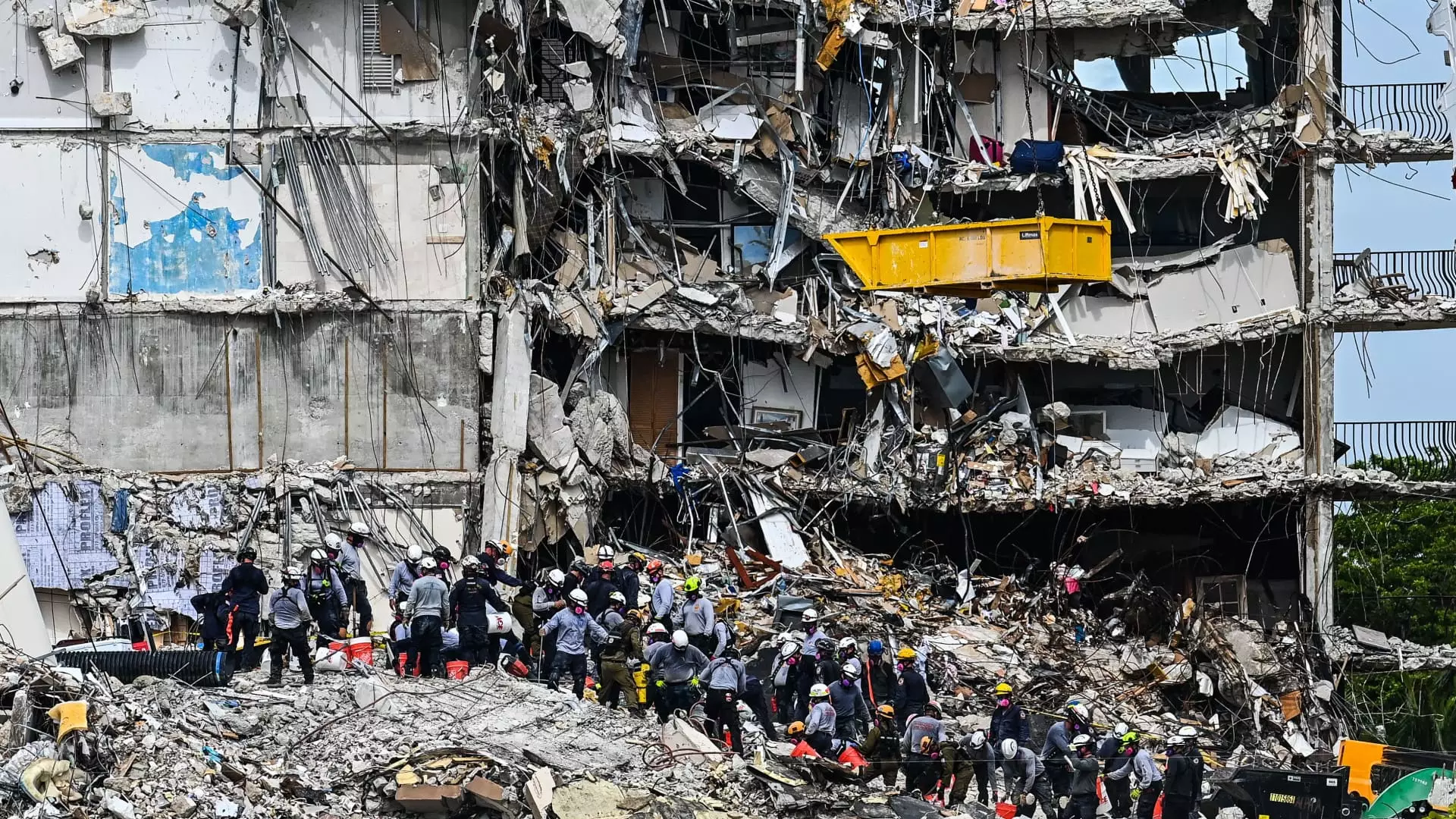In the wake of the tragic collapse of the Champlain Towers South in Surfside, Florida, the condominium landscape is undergoing a substantial transformation. The 2021 disaster not only claimed lives but also led to urgent legislative changes aimed at ensuring the safety and structural integrity of older condominium buildings. Affected by new requirements, any condominium constructed at least 30 years ago is now required to undergo rigorous inspections, initiate necessary repairs, and establish reserve funds for future maintenance. With the deadline for compliance drawing near, condominium owners, particularly retirees and those on fixed incomes, are facing a daunting financial burden as they grapple with potentially exorbitant costs.
With close to one million condominium units subject to these stringent regulations, the implications are immense. As inspections commence, condo associations are beginning to confront substantial bills. Some estimates suggest repair costs could soar into the millions for individual associations. Most alarmingly, these costs could result in special assessments reaching exorbitant figures, with reports indicating fees could be as high as $200,000 per unit. These assessments come at a fortuitous time for many owners who are either considering selling or are contemplating their future in their buildings.
The term “condo cliff,” coined by Peter Zalewski, a Miami-based real estate analyst, captures the essence of the current crisis. This phrase denotes the looming problems that many condo owners could face, reminiscent of the “zombie buildings” seen during the Great Recession. These structures become a burden for the few owners who may be financially equipped to handle repairs while the rest either choose to walk away or are unable to contribute.
As the real estate market in South Florida adapts to these new realities, it is witnessing an unprecedented shift. In a typically bustling summer market, sales plummeted by 21.5% year-over-year, with a notably increased inventory of active listings climbing by 60% compared to the prior year. Average condo prices have dropped slightly, indicating that potential buyers may be circumventing the market in anticipation of forthcoming financial obligations related to older buildings. The cyclical nature of the real estate market, combined with the sudden enforcement of rigorous regulations, has led to hesitation among prospective buyers.
Many sellers find themselves in a precarious position, as they must either shoulder the costs of the new assessments upfront or reduce their asking prices to attract offers. This duality of choice is exacerbated by an already limited buyer pool, which has tightened even further as prospective owners become increasingly cautious in their pursuits.
In response to the growing financial burden on condominium associations, Florida Governor Ron DeSantis called for a special session to assess and potentially amend pertinent legislation. However, legislative leaders have opted for a more measured approach, deciding to wait until the regular session in early 2025 to revisit the issue. Their rationale is anchored in the necessity of grasping the broader financial implications that these new regulations will have on affected condominiums and their owners.
For real estate professionals like Stefania Ancona, the enigma surrounding the condo market’s future is palpable. With traditional buyers playing a shrinking role, the market is increasingly looking to investors who may be willing to absorb troubled properties at favorable prices. One notable instance is the impending sale of the Bay Garden Manor condo, which will be demolished in favor of new luxury developments. This trend of investor acquisition may reshape the landscape of South Florida’s condos, primarily benefitting those in prime locations while leaving vulnerable owners in a precarious financial situation.
The post-Surfside landscape signals a seismic shift in the management and financial viability of condominium buildings in South Florida. As the new regulations come into play, many owners must make critical decisions—maintain their units amid increased costs or exit the market entirely. The challenge will be navigating the tsunami of financial assessments and market shifts while ensuring the safety and security of their living environments.
The current condominium crisis serves as a stark reminder of the need for stringent safety practices, but it also raises questions about the future of urban living in Florida. As the deadline approaches, all eyes will be focused on the complex interplay between owners, investors, and lawmakers that will shape the next chapter of this evolving narrative. For many, it is indeed a time of uncertainty, but for those willing to adapt to this new reality, there may also be unexpected opportunities on the horizon.

